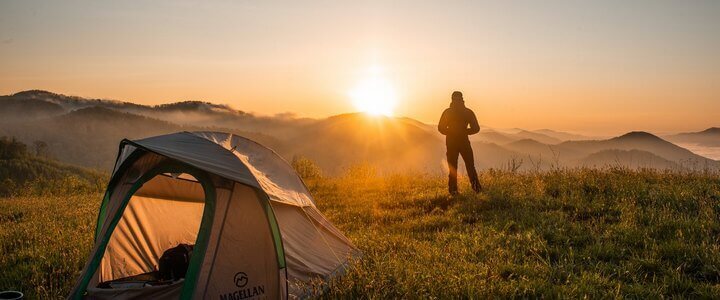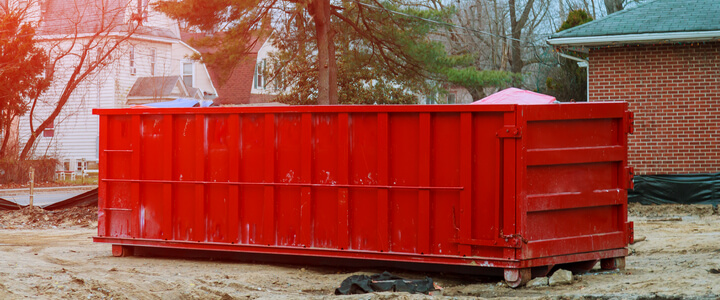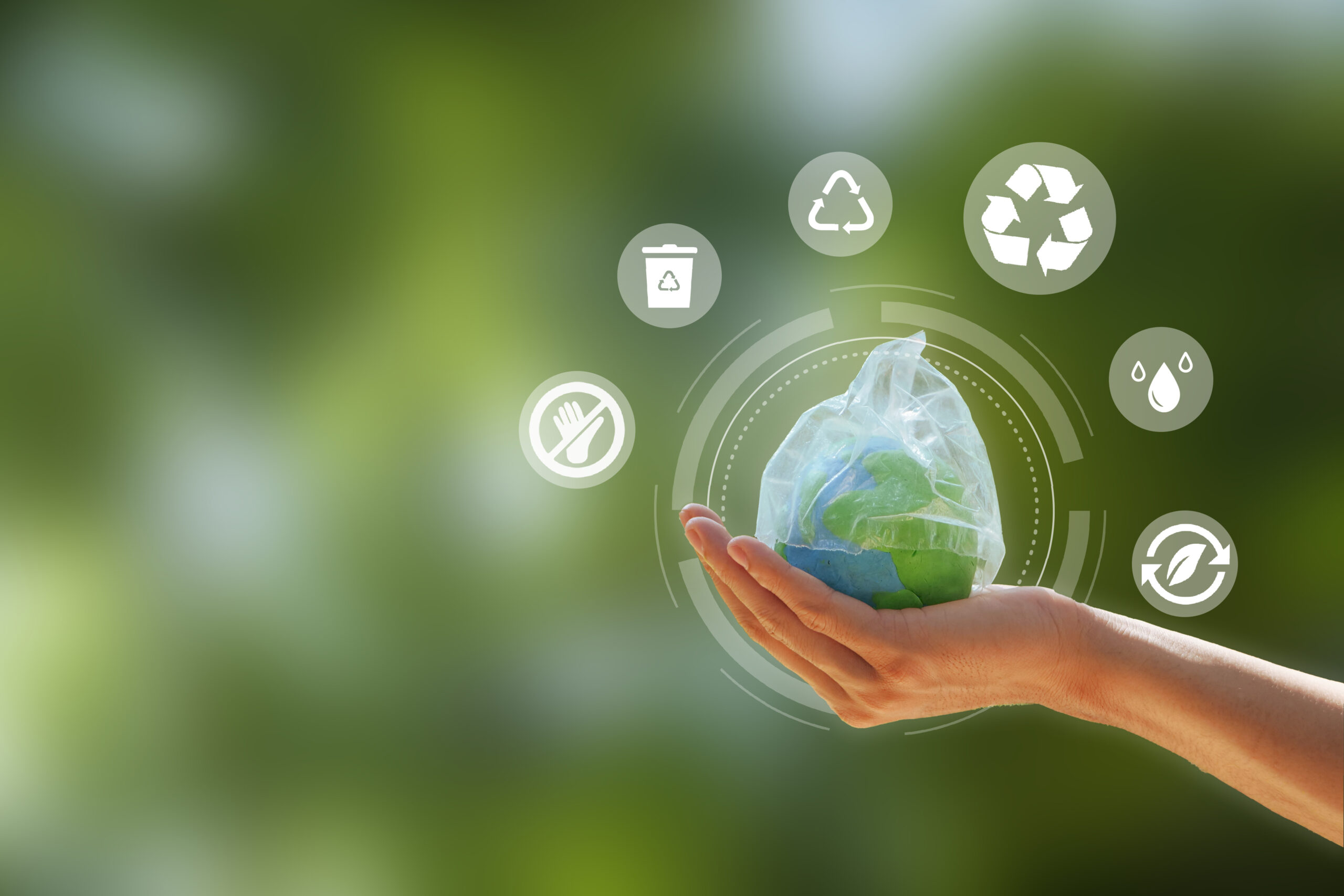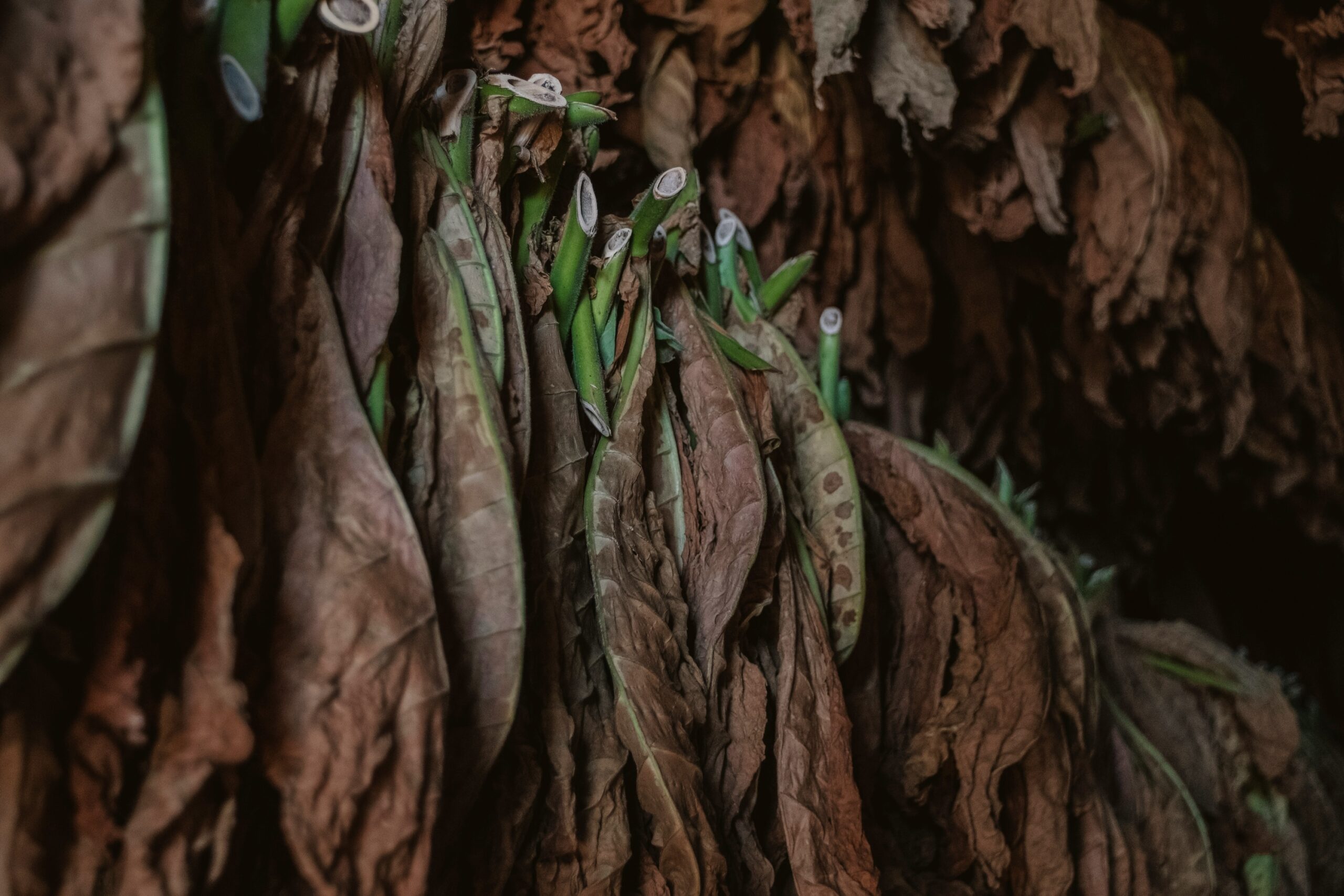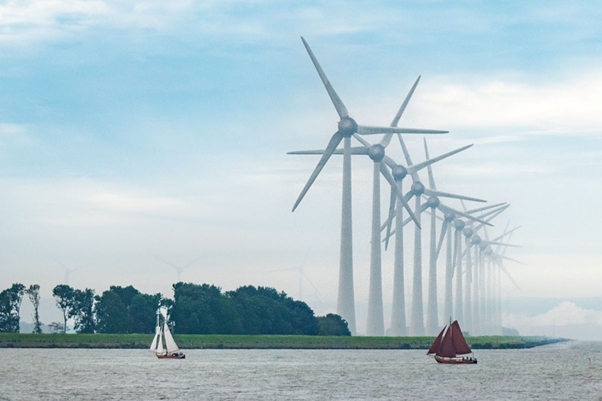Leave No Trace: 9 Responsible Ways to Hike Sustainably
For any nature lovers out there, one of the best activities to get into would be hiking.
However, the love of hiking and the act of caring for nature are two separate things. That’s why it is imperative to be a sustainable hiker.
If you want to be a lot more active in hiking, you have to make sure that you hike sustainably. Here are nine responsible ways you can hike without destroying your surroundings:
Respect the Wildlife
When you go hiking, you will encounter many different things that you don’t usually do.
You can see beautiful sights from remote spots. You’re also going to discover curious flora that you had no idea existed before. Nonetheless, you shouldn’t use your hiking poles to turnover stones or poke on plants.
Of course, you will also have the chance to encounter local wildlife on the trail. Although it can be tempting to want to touch or interact with the creatures, especially when they’re near you, it’s advisable not to do so anyway.
You have to respect the boundaries and try not to interact with the wildlife as much as possible. If you encounter a wild creature that approaches you, don’t be tempted to feed them any food to create an imbalance in the ecosystem.
Always Follow the Rules
There are plenty of hiking trails that you can only find within a national park or a protected area. Even if they’re not in a regulated area, there should be some rules or regulations in place to keep the hiking trail in tip-top shape for a long time.
As a responsible hiker, make sure that you know all the rules and that you follow them.
These rules are in place to protect the hiking trail and ensure that it will last for a long time. That way, other hikers can experience the same magnificence and natural beauty that you did when you hiked.
Plus, the rules are also there to help protect you and the local flora and fauna.
Stick to the Marked Walking Trails
When you’re out in the middle of the wilderness, it can be tempting to go off the beaten path in a more literal sense.
Since you’re probably not out in the middle of the outdoors often, you probably are interested in seeing what is out there. As a responsible hike, though, you have to realize that it’s better to stick to the marked walking trails.
You might not realize this, but you are trampling flora along the way when you use a trail that nobody has used before. Plus, you’re also putting yourself in danger and the wildlife there because you are straying more into their territory.
Manage Your Waste
It’s heartbreaking to know that you will still see traces of human waste even in the most remote places in the world. You’ll find that many remote locations will always have hints of trash in them, especially plastic bottles.
That’s why, if you want to hike sustainably, you have to figure out how you’re going to manage your waste. You have to understand that even when you’re hiking, you can potentially create waste.
Instead of leaving it behind, make sure that you pack it with you and bring it back home to properly throw it away instead of leaving it back in nature.
Maintain a Quiet Presence
Your presence in the middle of the wilderness is an anomaly for the local flora and fauna there. That’s why, when you’re hiking in these remote locations, you have to maintain a quiet presence as much as possible.
It doesn’t mean that you have to be whispering to one another all the time.
However, it would be best if you started speaking with a gentler and a lower tone of voice while you’re out there. Otherwise, you might trigger an interaction with wild animals because you startled them.
Camp Only in Designated Areas
Some hikers want to feel the full extent of being out and about in nature, which may be why they wouldn’t want to stay in designated areas when camping. Some people do so because they don’t want to be around a crowd of people.
Either way, not camping in designated areas is a grave mistake. It would be best to set up their camps in the designated campsites, even if it means having to rough it out with crowded campsites. The reason why there are designated campsites isn’t arbitrary.
There are designated areas so that you have fewer chances of encountering wildlife in your camp. Plus, when you camp outside these areas, there’s a possibility that you’re setting up camp in an animal’s habitat.
That’s why you should stick to these designated areas whether you want to or not so that you can be a responsible hiker.
Be Careful About Water Resources
When you’re on a hike, remember not to bring any plastic bottles of water with you.
There are plenty of refillable water bottles available, that there’s no excuse for you to be bringing plastic water bottles. There are even refillable water bottles that have filters in them, which is perfect for people hiding in remote locations.
When you’re taking water from a local water resource, remember to be careful about it and to ensure that you don’t contaminate it in any way. One way to avoid spoiling it is by not directly bathing in it or cleaning your item in it.
Keep Fires Small
When you’re hiking, you’re going to need to make fire, but you have to remember to be careful about creating one. Keep your fires small and keep them contained. That way, you don’t end up endangering or damaging the entire place you’re hiking in.
You have to ensure that you create a bed of dirt and ash underneath your fire. That way, you don’t risk starting a root fire that you don’t know is happening until it’s too late.
Hire a Local Guide
When you’re hiking in a place that you haven’t been before, you might want to consider hiring a local guide and from a reputable source. Make sure that you hire a local guide that receives proper remuneration for their work.
A local guide will be able to tell you which stops to go to and which places to avoid while you’re there. The local guide will be a massive help for you to get to know the trail you’re hiking indeed.
Hiking sustainably is a pretty easy thing to do if you care about the environment that you’re hiking in and want it to last a long time. However, if you still need some advice, you can follow the ways listed above. These should be steering you towards the right path that will lead to a more sustainable hiking lifestyle.

